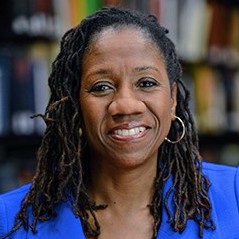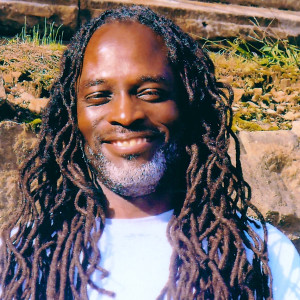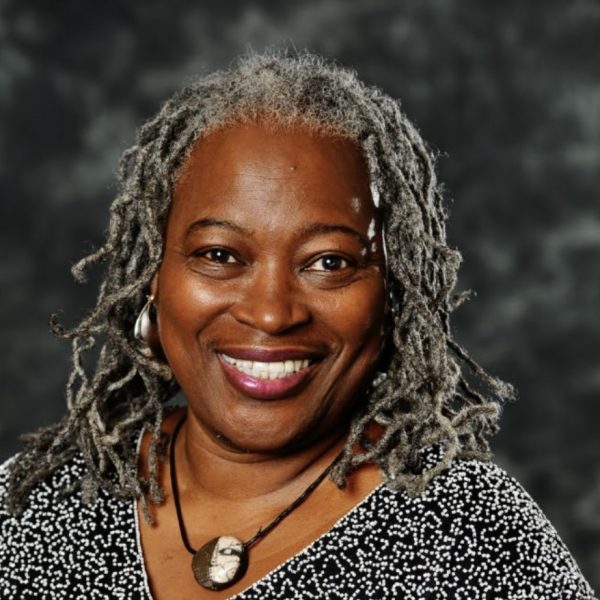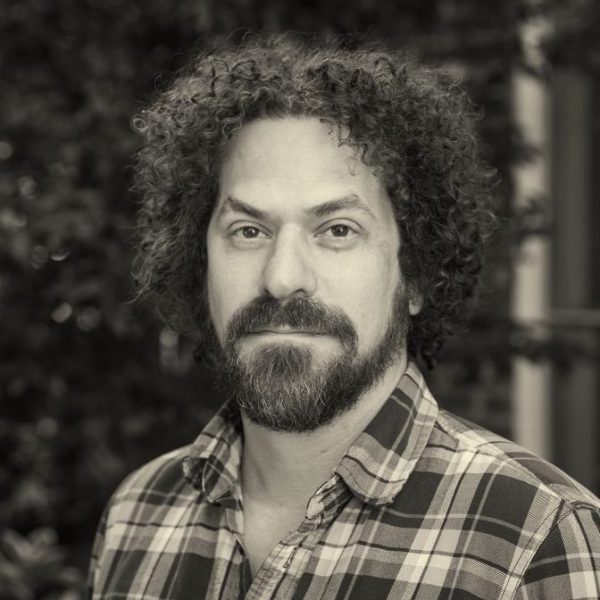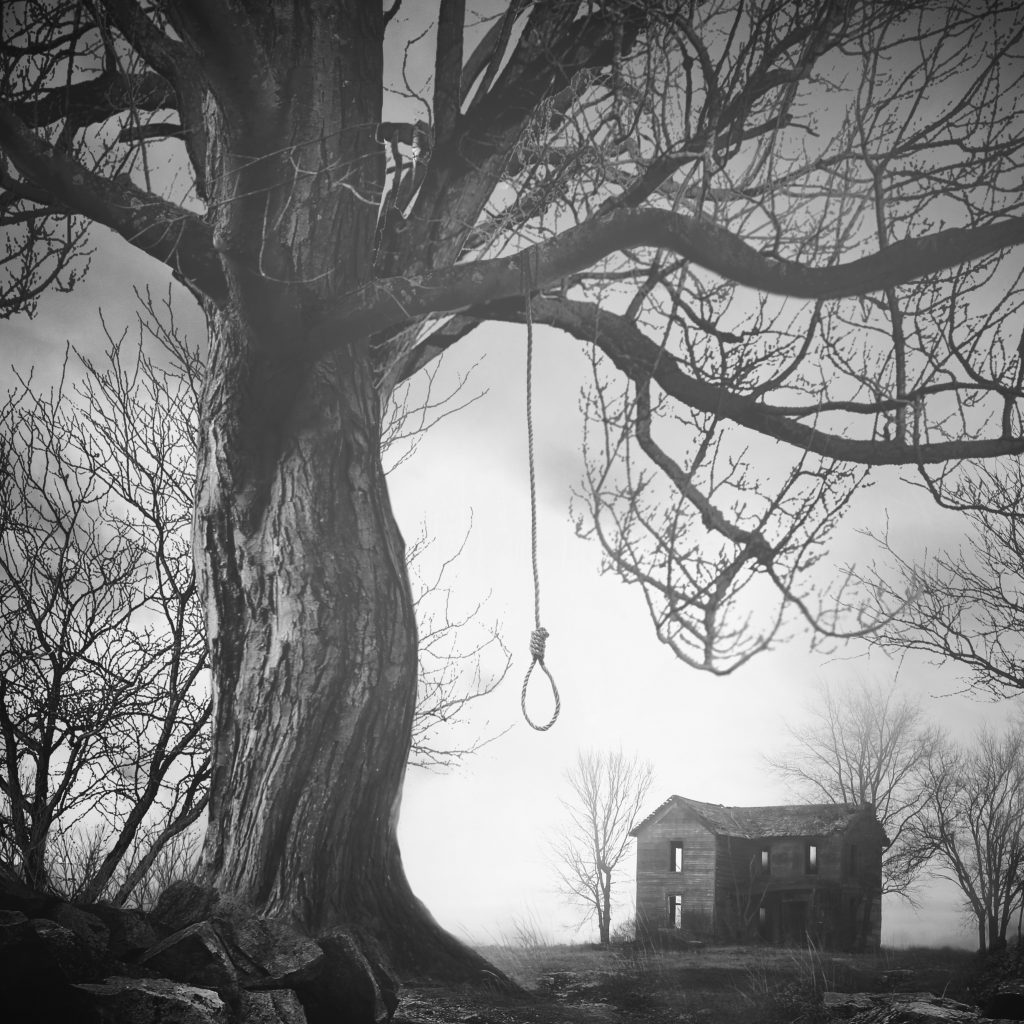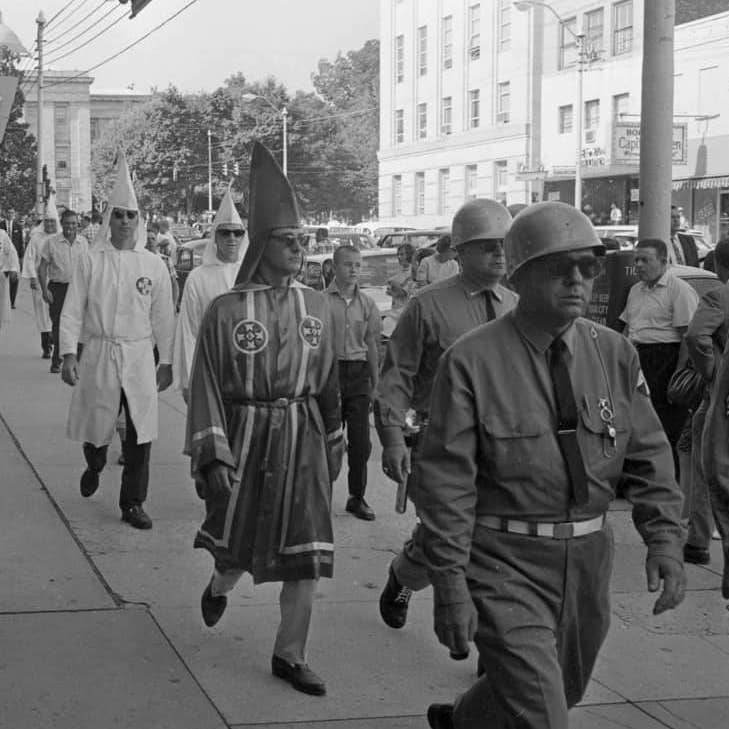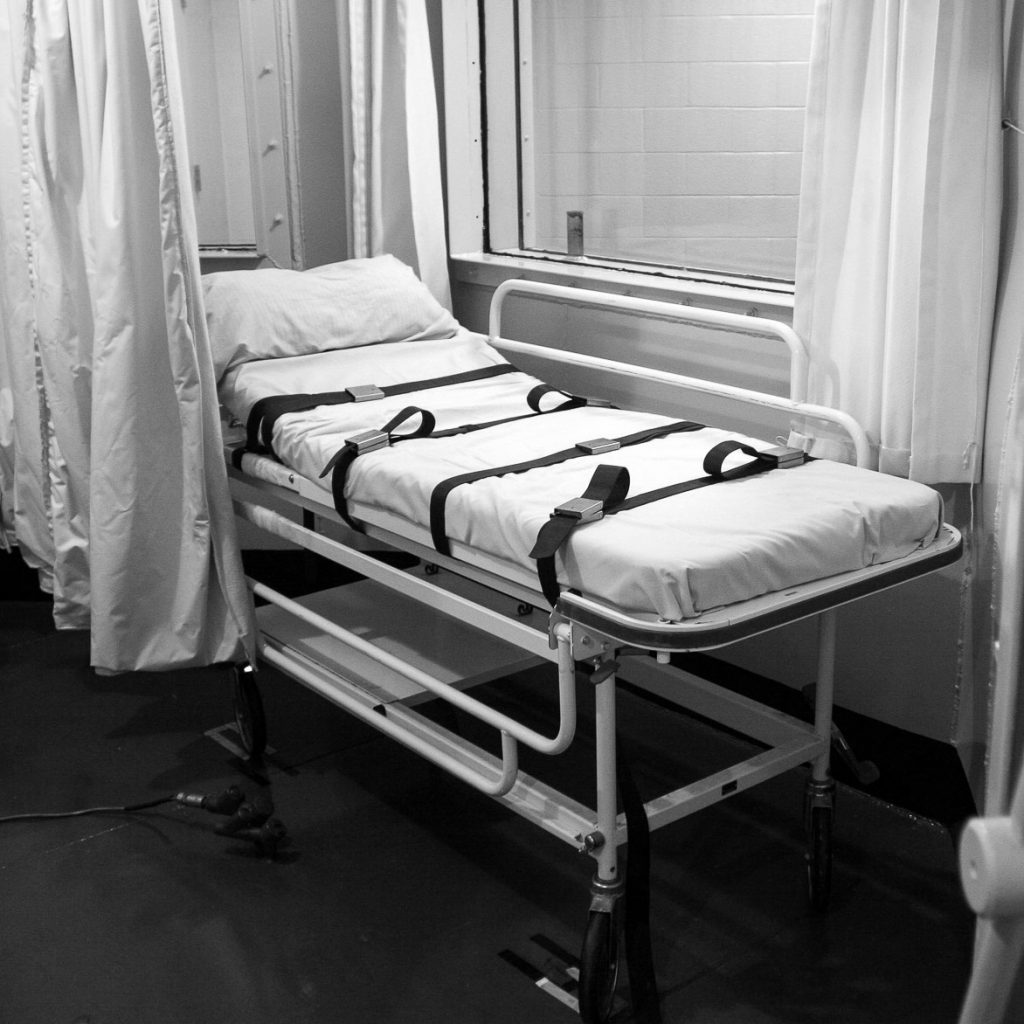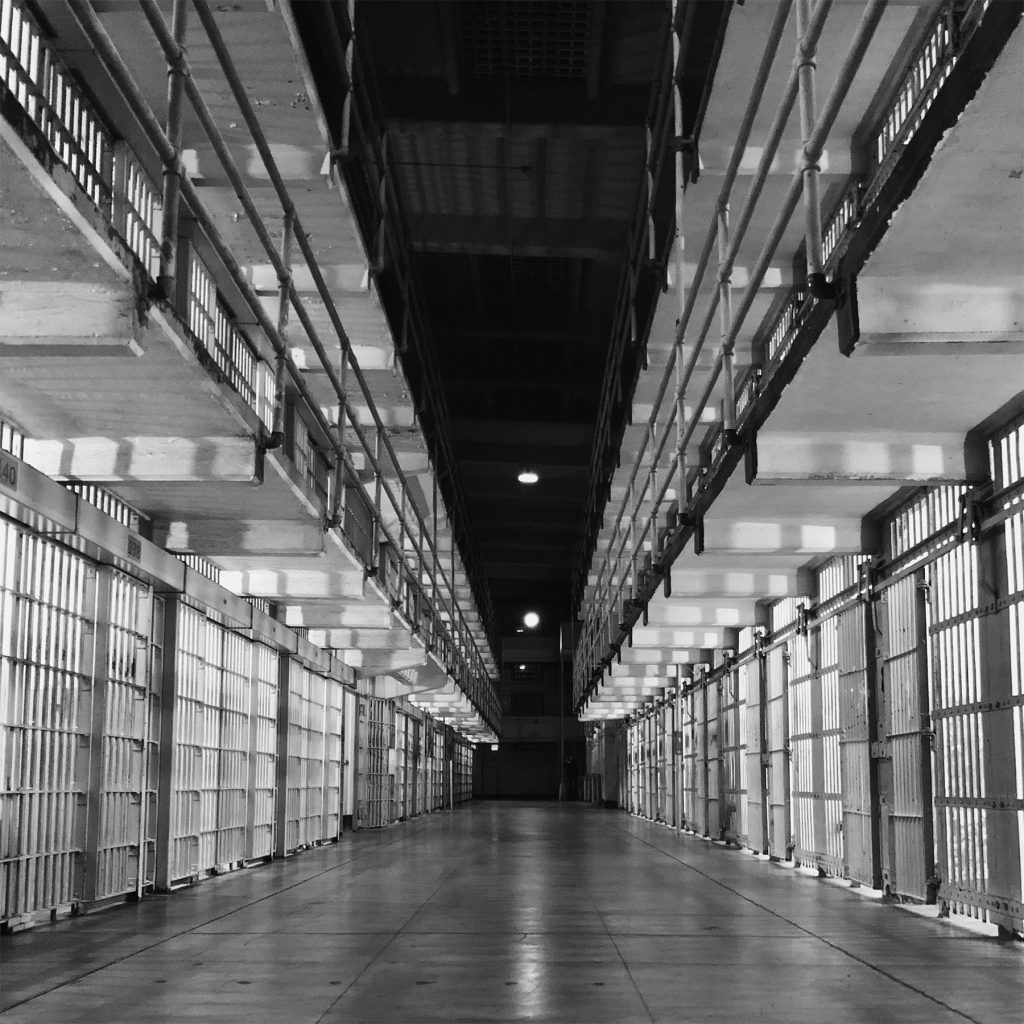North Carolina’s modern death penalty is the fruit of a racist past
Andrew Ramseur was a young Black man accused of killing two white people, and the white citizens of Iredell County were clamoring for a lynching. In public forums, they spewed racist epithets and called Andrew a “beast” and a “monkey.” They barraged newspapers with comments like, “He should be hanging from the nearest traffic light as a warning to the rest.” Instead of condemning the racist furor, the district attorney quickly promised the death penalty.
A few months later, Andrew’s family arrived at the courthouse for his trial. Outside, a crowd of angry white people massed in the shadow of a Confederate monument. Inside, crime scene tape inexplicably blocked the rows of seats behind Andrew, forcing his family to sit in the back. In a courtroom where every lawyer, judge and juror was white, they watched a jury sentence Andrew to death.
Andrew Ramseur’s trial might sound like something out of the distant past, but it happened in 2010.
He is among the newer residents of North Carolina’s death row, which houses more than 140 people sentenced to execution since 1985. The lawmakers, prosecutors, and judges who run the bureaucracy of death in North Carolina may imagine that today’s death penalty has no relation to the state’s brutal history of racial terror and legalized oppression. But the truth is, despite decades of efforts to reform the death penalty, the past is written all over the present.

Imagine North Carolina’s death penalty as a sturdy tree. It grew from a seed planted in the soil of slavery. In the beginning, it was used to ruthlessly enforce the dominance of enslavers. It matured in the years of Jim Crow, when Black people, including children, were frequently sentenced to death under the watchful eyes of lynch mobs, who were ready to do the job themselves if the all-white jury didn’t do it for them. In the early 1970s, the death penalty was struck down by the U.S. Supreme Court, but don’t mistake this period for an uprooting; it was merely a pruning of the death penalty’s most glaring excesses. In 1976, North Carolina revived the death penalty under new laws. It surged with new growth, delivering a fresh bounty of death sentences handed down by overwhelmingly white juries to impoverished defendants, the majority of whom were Black and brown men.

The First and Only Time
I Stood in an Execution Chamber
The first and only time I stood in an execution chamber
all I heard was stillness and the soft
symphony of breath. We were a congregation
of lowered heads and sunken shoulders trying
to understand what gave this country the right
to kill someone in our name. The table was long
and blue, its leather upholstery covering
a thin layer of foam padding. There were seven
discolored brown and blue straps that stretched
across the width of the bed, each of them locked
and pulled tight. There was a small pillow at the top
of the table where the condemned was meant
to lay their head, and another set of straps that came
down over their shoulders. About a foot below
the pillow on either side of the bed was the place
where the soon-to-be-executed lay their arms.
On each of these arm-length extensions was a leather
strap meant to be tightened near the person’s elbow,
a faded blend of grey and brown, taut leather
that had cracked with age. The straps, and their
procession of small notches, dangled below the table.
At the foot of the table were two shackles, their silver
metal glimmering under the florescent lights.
I think of those sentenced to die by juries who looked
nothing like them. I think of those sentenced to die
who left their families behind. I think of those sentenced
to die for something they were too young to understand.
I think of those sentenced to die who did not do
what they have been told they did. I think of all
the ways this country failed them before they ended
up in this room. I feel the hot rush of blood behind my
ears, the shame of being alive in a room built to kill.


